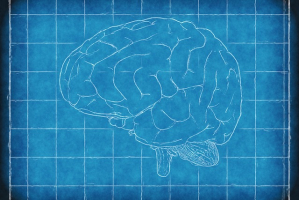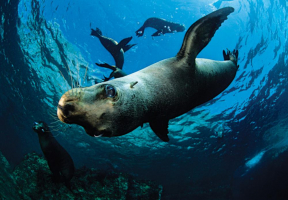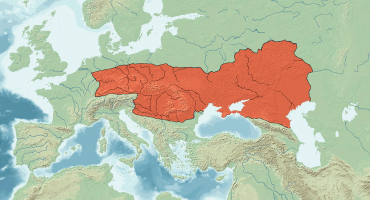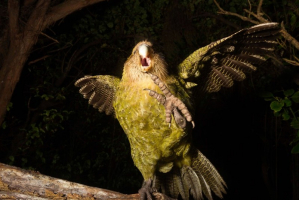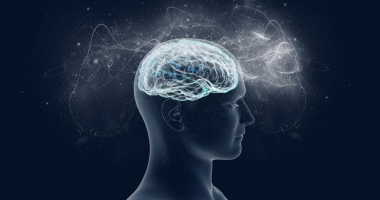Top 10 Biological Mysteries Scientists Still Can't Explain
Biology is a far-reaching field that includes the study of all living organisms. Given the vast amount of information it contains, it's no surprise that it ... read more...also includes a lot of uncertainty. Here is a list of top 10 biological mysteries scientists still can't explain that you should not miss.
-
For billions of years, Earth's life was quite simple, consisting primarily of single-cell creatures and very simple multicellular species. Then, about 540 million years ago, an event known as the Cambrian Explosion occurred, resulting in an astonishing divergence of species. Almost all major animal groupings appeared in the fossil record over a period of roughly 20 million years, which is quite brief on an evolutionary scale.
But what triggered the Cambrian Explosion? Despite the fact that numerous scientists have researched it, there is no definitive answer to this topic. According to one popular theory, the event was precipitated by a significant and rapid increase in oxygen levels in the atmosphere, reaching levels comparable to present times. However, another study contends that the Cambrian Explosion was caused by a scarcity of oxygen rather than an abundance.
The Snowball Earth hypothesis proposes that primeval Earth had a large ice age that froze most of the planet's surface, and that the end of this ice age drove the rapid diversification of species. Some contend that the explosion was not a single event, but rather a sequence of "pulses of evolutionary innovation" that happened one after the other. Without a question, the Cambrian Explosion was a pivotal event in the history of life on Earth, yet it remains a mystery to scientists.
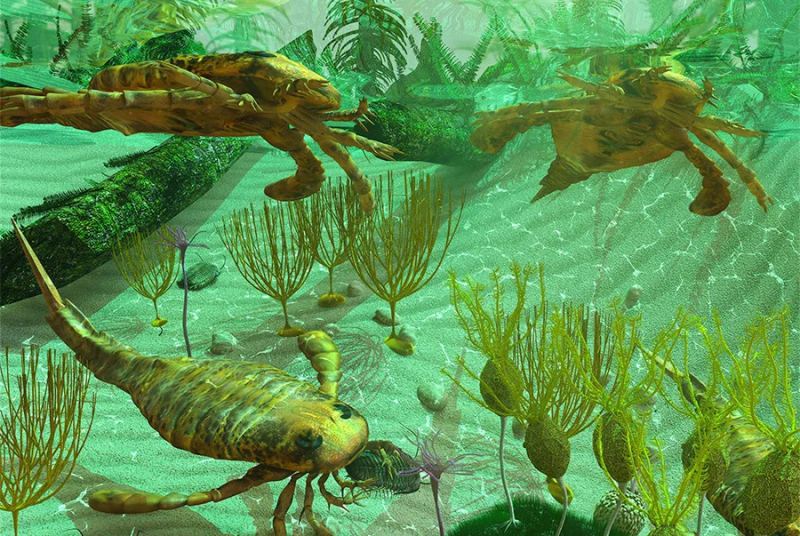
cranbrooktownsman.com 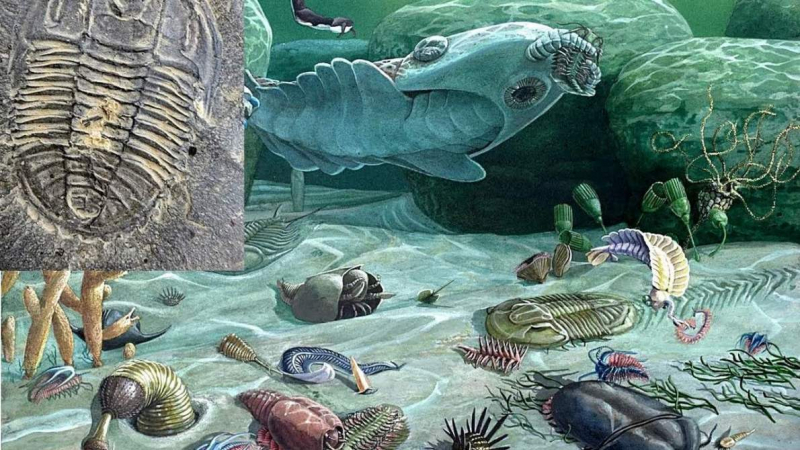
cranbrooktownsman.com -
You don't need them to remind you that, despite their little, viruses may have a massive impact on the planet. Viruses are technically not "living" because they cannot reproduce, instead multiplying within the cells of host creatures ranging from enormous mammals to single-cell bacteria. This frequently has a negative impact on the hosts and can even kill them, therefore it is no wonder that scientists have studied viruses extensively in order to learn as much as possible about them. This raises an important question: where did viruses originate? Their genesis is extremely difficult to research because they left no physical fossil record, so they don't even know where to position them on the evolutionary history. The "virus-first hypothesis," as it is known, places them at the very beginning, before the formation of cellular life.
The regressive hypothesis proposes that viruses evolved as single-cell organisms began to create mutualistic interactions. The relationship became parasitic over time as the smaller of the two creatures gradually became dependent on the larger and lost the ability to produce proteins, but retained the ability to replicate and evolved into a virus.
The progressive or escape theory proposes that viruses arose from fragmented pieces of genetic material that managed to escape their originating species and attach themselves to others. These are the three most common hypothesis on the origin of viruses, but they are far from the only ones, and none of them has received sufficient support to be called definitive. Unless a huge breakthrough occurs, it is very probable that this will remain a mystery for the foreseeable future.

salute.gov.it 
nationaljewish.org -
Ernst Gräfenberg, a German gynecologist, claimed to have identified "an erotic zone positioned on the anterior wall of the vagina along the route of the urethra that would enlarge during sexual stimulation" in the 1950s. His study was largely overlooked by the general public until the early 1980s, when a new team of scientists led by Professor Beverly Whipple produced a book on the subject that became a worldwide best-seller. They, too, extolled the virtues of this erogenous yet illusive zone on the female body. They even gave it a name: the Gräfenberg spot, or G-spot for short.
The only difficulty is that the G-spot does not exist. Or perhaps it does. But most likely not. If that sounds a little confused, it's because the scientific world is still divided about the existence of the G-spot, despite the fact that they've been seeking for it for nearly 70 years. Every few years, someone fresh appears and claims to have discovered the famous G-spot, only to be debunked by other specialists. Maybe one day someone will find it, but until then, the mysterious G-spot will remain a tale.

cosmopolitan.com 
cosmopolitan.com -
Even the most fundamental biological assumptions can be shown incorrect or inaccurate. Scientists from Tel Aviv University showed that back in 2020 when they unintentionally discovered the first known mammal that does not need oxygen to live. The organism in question is an 8-millimeter white parasite called Henneguya salminicola. It attaches itself to a wide variety of salmon species and causes a condition known as “milky flesh” or “tapioca” disease. They’ve known about this parasite for over a hundred years, but it wasn’t until scientists sequenced the genome of the Henneguya genus that they discovered that H. salminicola did not have any mitochondria, which enables aerobic respiration.
In reality, the parasite lacked mitochondrial DNA, implying that the species evolved to generate energy without oxygen, albeit how exactly it does so is unknown at the moment. Other species, such as amoebas and fungi, can do this as well, but H. salminicola is the first occurrence of a "animal" lacking aerobic respiration.

livescience.com -
Have you ever sneezed after staring at the Sun or other bright lights? Most of you probably answered "Yes," while the rest of you have no idea what they're talking about. This is caused by the photic sneeze reflex, commonly known as the autosomal dominant compulsive helio-ophthalmic outburst syndrome, or ACHOO Syndrome. It is a response in which you sneeze when you are suddenly exposed to bright lights. It affects up to 30% of the population, and people have no understanding why. It could be a genetic quirk acquired from your parents, or it could be caused by a physical issue like as a deviated nasal septum.
ACHOO Syndrome has affected some of history's most brilliant brains. The heat of the sun, according to Aristotle, was to blame. During the 17th century, English philosopher Francis Bacon disproved him by walking out into the blazing sun with his eyes closed. The heat was still present, but there were no sneezes. He sneezed as soon as he opened his eyes. He reasoned that the sunlight had caused the eyes to tear up, and the excess moisture had irritated the nose. They now know that he was incorrect as well, because the effect occurs too quickly for this to occur, but what exactly triggers ACHOO remains a mystery.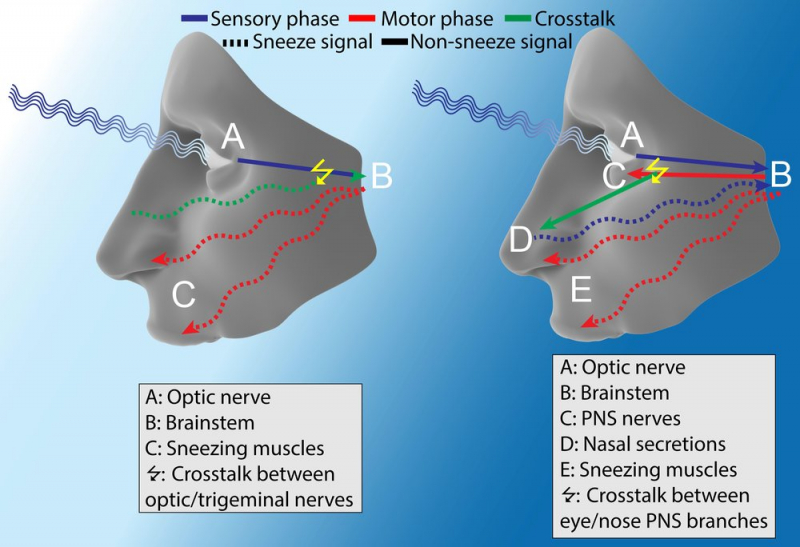
signaltonoisemag.com 
vox.com -
The Yawn is one of biological Mysteries Scientists Still Can't Explain. Everyone used to do nothing more than yawn. In reality, it is something that most people do on a daily basis, and it has been noticed in other species such as dogs, apes, and even reptiles. It's a response where you take in a lot of air, expand your eardrum, and then exhale. People frequently extend their limbs as well, and this combination is known as limb stretch. However, the topic of why people do it remains unanswered.
The theory that individuals yawn to get rid of "bad air" has been around since ancient times, when Hippocrates proposed that it was done to get rid of "bad air." Then, in the 18th century, scientists developed a slightly more scientific view, claiming that yawning was a mechanism for the body to increase the amount of oxygen in the blood, causing the heart rate to increase and the body to become more alert. This theory is now debunked, as contemporary testing reveal no increase in oxygen after yawning. At the moment, the favored hypothesis suggests that yawning is used to cool down the brain, but it still remains an uncertain topic that will need more research before a conclusive answer

calmclinic.com 
calmclinic.com -
The blue whale is the largest mammal to have ever existed on Earth. You'd think that would make it reasonably easy to monitor, but it's actually a highly solitary and reclusive species, especially when compared to other whales. There are numerous unknowns concerning the social order and interactions of blue whales, but their mating and breeding habits remain a mystery to humans.
Don't get them wrong: scientists have studied the anatomy of blue whales and understand the mechanisms involved, but they are unsure about blue whale mating behavior or the offspring they generate. give birth again and again They have yet to record the two blue whales mating, so they must draw conclusions from their near cousin, the humpback whale, which is far less shy when performing first. camera.
Humpback whales engage in what is known as a hot run, in which one or more males chase a female whale over long distances in the hopes of mating with her. Some researchers believe they filmed two blue whales doing the same thing for the first time in 2017, but other experts are skeptical.
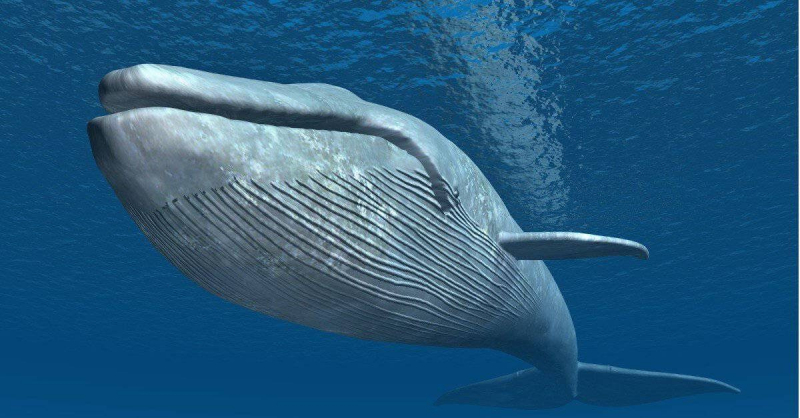
a-z-animals.com 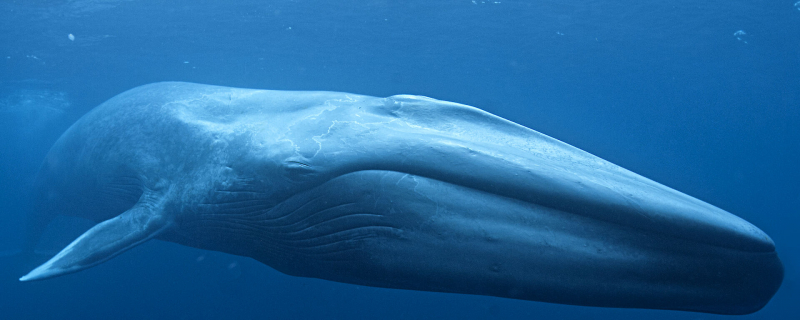
antarctica.gov.au -
The competitive exclusion principle, often known as Gause's Law in ecology, argues that two species vying for the same restricted resources cannot live stably. In the long run, one of the species will always have a slight edge, allowing it to dominate the other species and potentially drive it to extinction. Scientists have seen this often, however one category of species appears to be exempt from the rule: plankton.
The so-called plankton paradox has been around since 1961, when it was originally documented by British ecologist G. Evelyn Hutchinson, who discovered that most plankton ecosystems always have a diverse variety. He notably mentioned phytoplankton, which is made up of microalgae, noting that most lakes have between 10 and 100 different forms of phytoplankton at any given time.
Of course, human understanding of ecosystems has advanced since Hutchinson's time. There are various plausible causes for this paradox, including long-term environmental imbalances in the lakes, the predominance of carnivores that consume phytoplankton, and the unpredictability caused when species struggle for additional resources. There are various alternatives, but everyone is still looking for a conclusive solution to the contradiction.
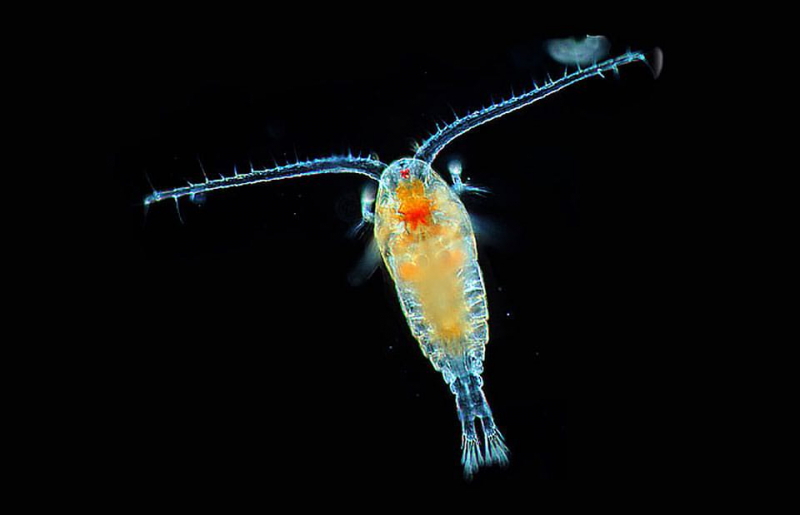
australian.museum 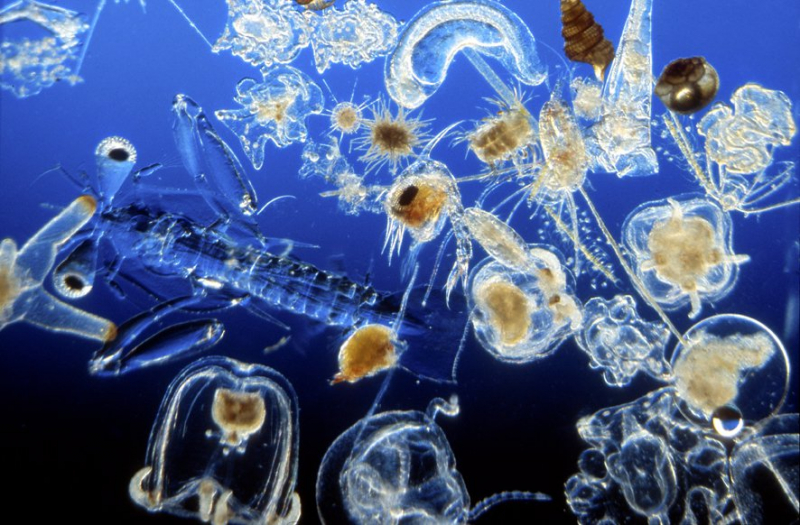
thoughtco.com -
Close your eyes and try to walk in a straight path the next time you find yourself in an open field. You'll discover that it's more difficult than you think. Multiple research conducted over decades imply that it may even be impossible. People who have been blindfolded repeatedly end up going in circles, even when they believe they are walking straight.
Why this is the case is unknown, since scientists have a notion but no definitive solution. Years ago, they suspected that this was related to an extremity imbalance - one leg could be larger or stronger than the other, resulting in an uneven gait. The 2010 study ruled out that idea, and the team behind this study believes the explanation is the vestibular system, which is responsible for our balance. Normally, the brain corrects these little errors by recalibration using external landmarks, but when those faults disappear, you'll spin round and round.

flickr.com -
Let's begin with a classic, what Charles Darwin himself described as a "disgusting riddle" in a letter to botanist Joseph Dalton Hooker - the rapid emergence of blooming or botanical plants. Angiosperms in the Early Cretaceous fossil record Darwin specifically included dicotyledonous flowering plants, i.e. species with dicotyledons, in his letter, but for decades the question has covered all seed plants. closed - how did they diversify so rapidly in such a short period of time? Darwin was especially agitated about this issue, not only because it appeared to contradict his theory, but also because some of his opponents were utilizing the enigma to argue "divine intervention."
In his latter years, Darwin proposed that there might have been an undiscovered island or continent somewhere where angiosperms started and evolved in isolation for millions of years before finding their way into the rest of the world and the known fossil record.
For nearly 150 years, biologists have been perplexed by the problem. There are theories - a new study from the University of Bristol published in early 2021 claimed that flowering plants simply appeared millions of years sooner than previously thought, giving them more time to diversify. But, in the absence of substantial evidence, Darwin's conundrum remains as awful as ever.

bbc.co.uk 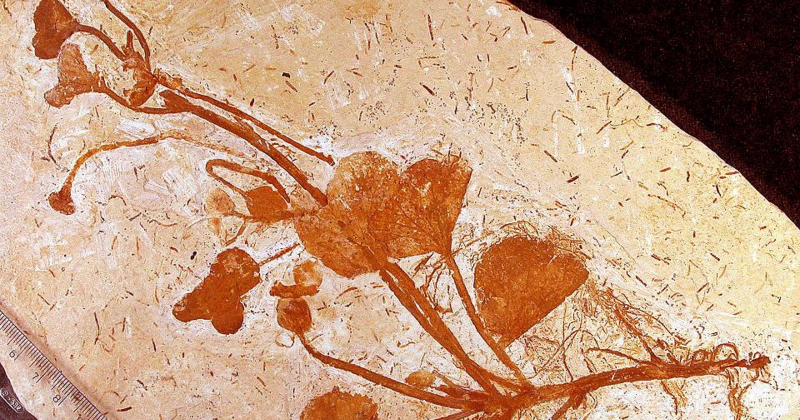
evolutionnews.org













